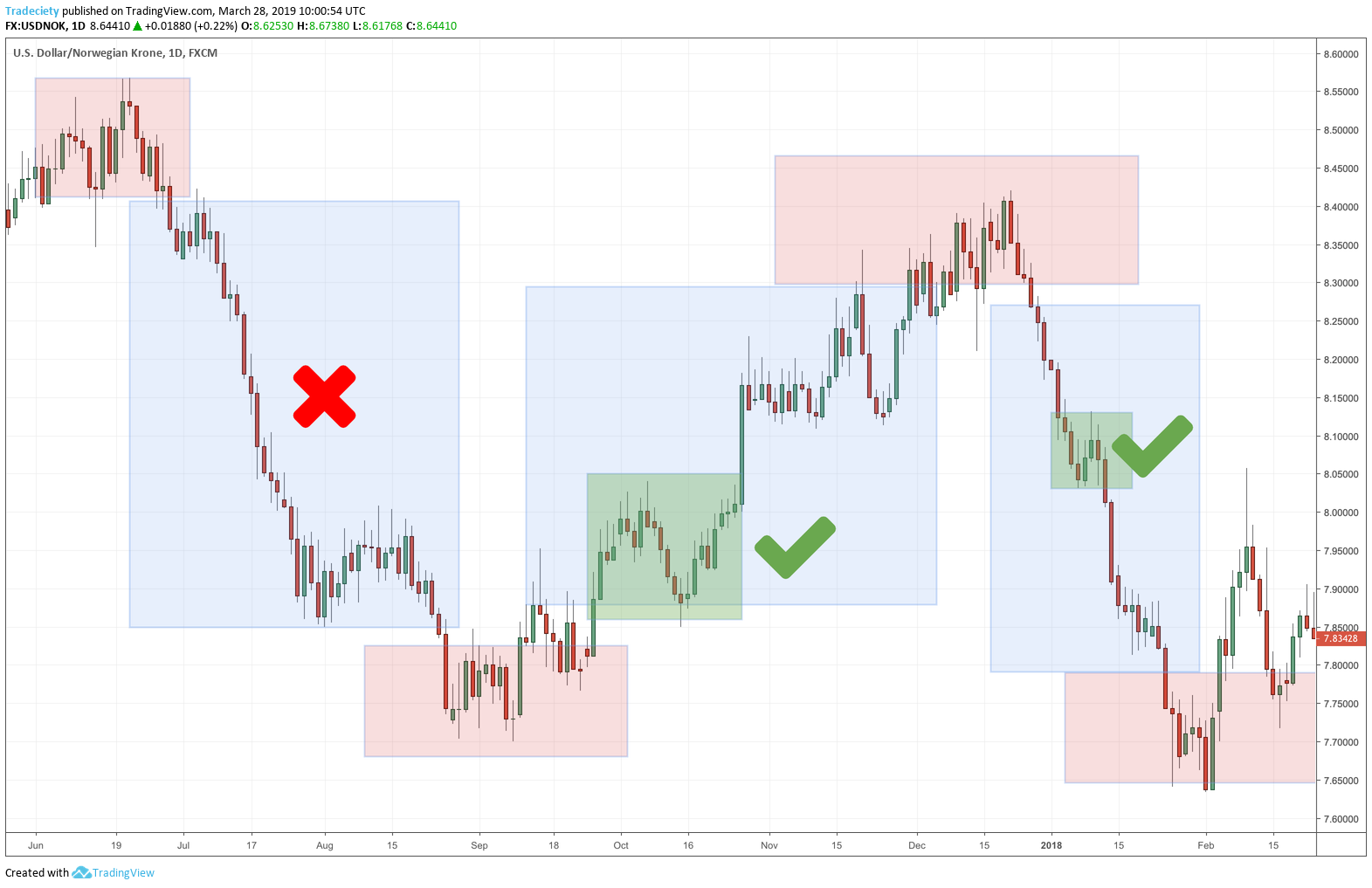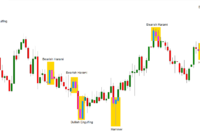In the dynamic world of forex trading, having a solid strategy can make the difference between profit and loss. Understanding the best forex trading strategies is crucial for both novice and experienced traders alike. This comprehensive guide will delve into various trading strategies, their methodologies, and tips to enhance your trading skills.
Understanding Forex Trading
What is Forex Trading?
Forex trading, or foreign exchange trading, involves buying and selling currencies in the global market. Unlike stock markets, the forex market operates 24 hours a day, five days a week, making it accessible for traders worldwide. The primary goal is to profit from the fluctuations in currency prices.
The Importance of a Trading Strategy
A well-defined trading strategy is essential for success in forex trading. It provides a roadmap for traders, helping them make informed decisions based on analysis rather than emotions. The best forex trading strategies can improve consistency, manage risks, and ultimately lead to profitability.
Types of Forex Trading Strategies
Scalping
Scalping is one of the most popular trading strategies, particularly among day traders. This method involves making numerous trades throughout the day to capture small price movements. Here’s what you need to know:
How Scalping Works
- Timeframe: Scalpers typically use short timeframes, such as 1-minute or 5-minute charts.
- Targets: Traders aim for small profit targets, often just a few pips per trade.
- Tools: Scalpers rely on technical indicators like moving averages and RSI (Relative Strength Index) to make quick decisions.
Pros and Cons
- Pros: Quick profits, frequent trading opportunities.
- Cons: High transaction costs, requires significant focus and time.
Day Trading
Day trading involves buying and selling currencies within the same trading day. This strategy prevents traders from holding positions overnight, reducing exposure to market risk.
How Day Trading Works
- Timeframe: Day traders usually use 15-minute to hourly charts.
- Targets: Profit targets are generally higher than those in scalping but still modest.
- Analysis: Day traders often rely on a combination of technical and fundamental analysis to inform their trades.
Pros and Cons
- Pros: No overnight risk, potential for quick profits.
- Cons: Requires extensive market knowledge and time commitment.
Swing Trading
Swing trading is a strategy that aims to profit from price fluctuations over several days or weeks. Swing traders capitalize on short- to medium-term trends.
How Swing Trading Works
- Timeframe: Traders typically use daily and weekly charts.
- Targets: Profit targets are usually larger than those in day trading, focusing on significant price moves.
- Tools: Swing traders use various technical indicators, including Fibonacci retracement levels and MACD (Moving Average Convergence Divergence).
Pros and Cons
- Pros: Less time-intensive than day trading, opportunities for larger gains.
- Cons: Exposure to overnight risk, requires patience.
Position Trading
Position trading is a long-term strategy that involves holding positions for weeks, months, or even years. This approach is based on fundamental analysis rather than short-term price movements.
How Position Trading Works
- Timeframe: Position traders focus on daily, weekly, or monthly charts.
- Targets: Profit targets are based on broader market trends and economic indicators.
- Analysis: This strategy often relies heavily on economic data, geopolitical events, and central bank policies.
Pros and Cons
- Pros: Less stressful, allows for significant profit potential.
- Cons: Requires substantial capital and time to analyze market fundamentals.
Key Components of Successful Forex Trading Strategies
Risk Management
Effective risk management is crucial in forex trading. Traders should always have a plan to protect their capital. Here are some key practices:
- Position Sizing: Determine how much of your capital to risk on each trade.
- Stop-Loss Orders: Use stop-loss orders to limit potential losses on trades.
- Risk-to-Reward Ratio: Aim for a risk-to-reward ratio of at least 1:2, meaning you should risk one unit to potentially gain two.
Technical Analysis
Technical analysis involves studying historical price movements and using charts to predict future price behavior. Key tools include:
- Trend Lines: Help identify the direction of the market.
- Support and Resistance Levels: Indicate where prices may reverse.
- Indicators: Tools like RSI, MACD, and Bollinger Bands help traders assess market momentum and volatility.
Fundamental Analysis
Fundamental analysis focuses on economic factors that can influence currency prices. Key indicators include:
- Interest Rates: Central bank policies and interest rate changes can affect currency values.
- Economic Data: Reports such as GDP, employment figures, and inflation rates provide insights into economic health.
- Geopolitical Events: Political stability and events can lead to currency fluctuations.
Trading Psychology
Emotional control is a vital aspect of successful trading. Here’s how to maintain a healthy trading mindset:
- Discipline: Stick to your trading plan and avoid impulsive decisions.
- Patience: Wait for high-probability setups rather than forcing trades.
- Mindfulness: Stay aware of your emotional state and avoid trading when stressed or upset.
Current Trends in Forex Trading Strategies
Algorithmic Trading
With advancements in technology, algorithmic trading is becoming increasingly popular. Traders use computer programs to execute trades based on predefined criteria, removing emotional decision-making.
Social Trading
Social trading platforms allow traders to share their strategies and outcomes, enabling others to follow successful traders. This trend can be beneficial for beginners seeking guidance.
Mobile Trading
As mobile technology evolves, many traders are utilizing apps to trade on the go. Mobile trading provides flexibility and real-time access to the markets.
Conclusion
Understanding the best forex trading strategies is essential for anyone looking to succeed in the forex market. From scalping and day trading to swing trading and position trading, each strategy has its advantages and drawbacks. The key is to find a strategy that aligns with your goals, risk tolerance, and lifestyle.
Incorporating effective risk management, technical and fundamental analysis, and a strong psychological mindset will help you navigate the complexities of forex trading. As you continue to learn and adapt, you’ll find success in your trading endeavors.




